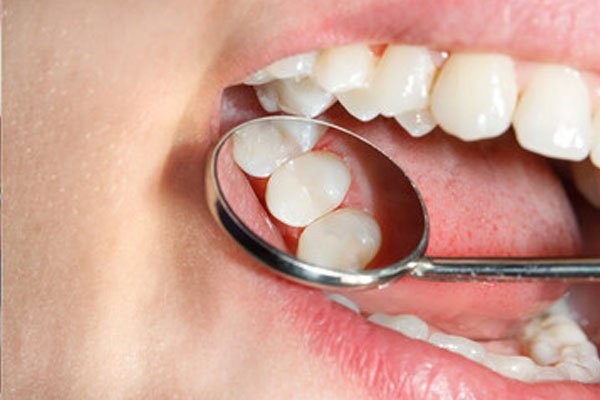Composite fillings are popular cosmetic dental services due to their natural appearance and durability. However, concerns have been raised about their potential toxicity and durability compared to other filling materials. In this article, we will explore the durability of composite fillings, their benefits, and what you can expect during the procedure.

Exploring the benefits of composite fillings
Composite fillings are often preferred by dentists worldwide since they offer several benefits:
They are aesthetically superior: Composite fillings are tooth-colored restorations and easily blend with your natural tooth structure offering superior aesthetics.
Composites directly bond to the tooth enamel: Composite fillings bond directly to the enamel surface through microblogging and polymerization, thus establishing a stronger seal.
Composites do not contain mercury: Mercury is toxic and can be harmful to the body when ingested. Unlike amalgam restorations, composite fillings do not contain mercury.
They preserve the natural tooth structure: Composite fillings do not require extensive tooth preparation. This preserves most of the tooth structure, integrity, overall strength, and resilience.
They effectively protect from dental caries: Composite fillings contain fluorides that help prevent the development of caries in the future. Fluorides reverse tooth decay by a process called remineralization.
They are stain-resistant: The resin in composite filling does not stain the teeth, making it stain-resistant.
They offer excellent durability and strength: The composite material hardens through polymerization, which improves the strength and resilience of composites.
Composite restoration is a quick procedure: Composite fillings are quick and painless procedures that usually take 10 to 15 minutes.
Are composite fillings durable?
Composite fillings are made from a mixture of plastic and glass or ceramic materials. While they are generally considered safe, some concerns have been raised about their potential toxicity due to the presence of bisphenol A (BPA) and other potentially toxic materials. BPA is a chemical that has been linked to various health issues, although the amount present in composite fillings is typically very small.
Research studies suggest that composite fillings typically have a lifespan of 7-10 years before they may need to be replaced. This can be attributed to factors such as the size and location of the filling, oral hygiene habits, and biting forces exerted on the filling. However, with proper care and maintenance, composite fillings can last longer.
How is a tooth restored with composite fillings?
The process of getting a composite filling involves several steps:
Shade selection: The dentist selects the shade of the composite material that best matches the natural color of the tooth.
Numbing the tooth: Local anesthesia is administered to numb the tooth and the surrounding area.
Tooth preparation: The decayed or damaged part of the tooth is drilled out to create space for the composite material.
Bonding: The filling material is then bonded to the tooth using a special adhesive.
Layering the composite material: The composite material is applied in layers, with each layer being hardened using a curing light before the next layer is added.
Shaping the tooth: Once the filling material is layered and cured, it is shaped to match the natural contours of the tooth.
Checking the bite: The dentist will check the patient’s bite to ensure that the filling does not interfere with the natural bite pattern.
Are composite fillings safe?
Composite fillings are considered safe and well-tolerated by the body, without any adverse reactions or long-term health concerns. However, concerns have been raised about the potential toxicity of composite resin fillings due to the presence of BPA and other potentially toxic materials.
To ensure safety and biocompatibility, composite resin fillings should not contain any harmful materials such as BPA, heavy metals, or other toxic substances. Patients need to discuss any concerns about the composition of their dental fillings with their dentist to ensure that they are receiving the safest and most suitable option for their oral health.
Final note
Composite fillings are a popular choice for dental restorations due to their natural appearance and durability. They offer a wide range of significant benefits. However, you need to discuss your options with your dentist to determine if composite fillings are the best choice for your oral health. With proper care and maintenance, composite fillings can last longer and provide a safe and effective solution for dental restorations.




